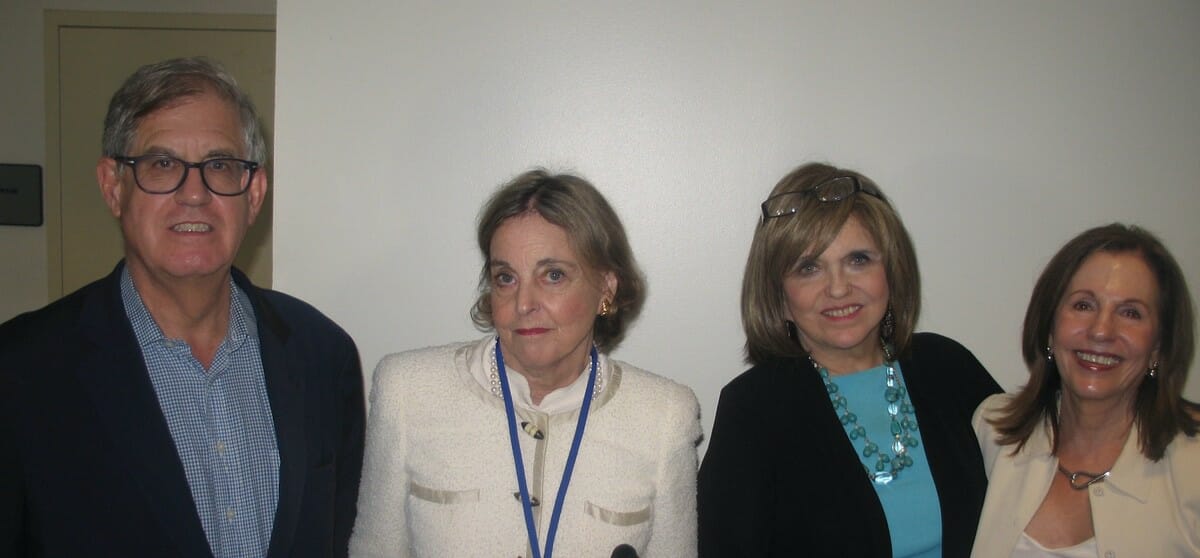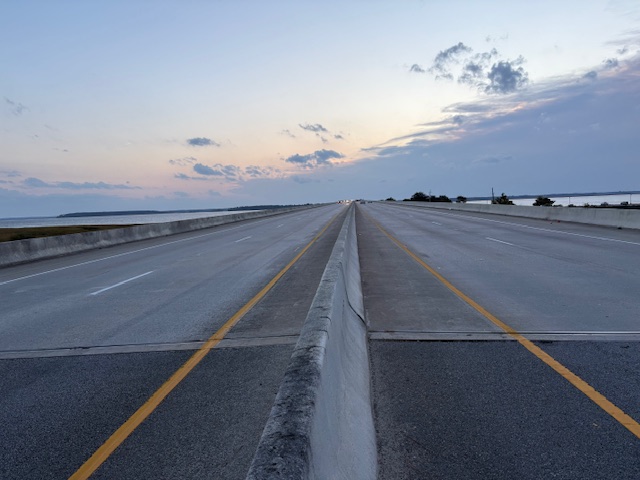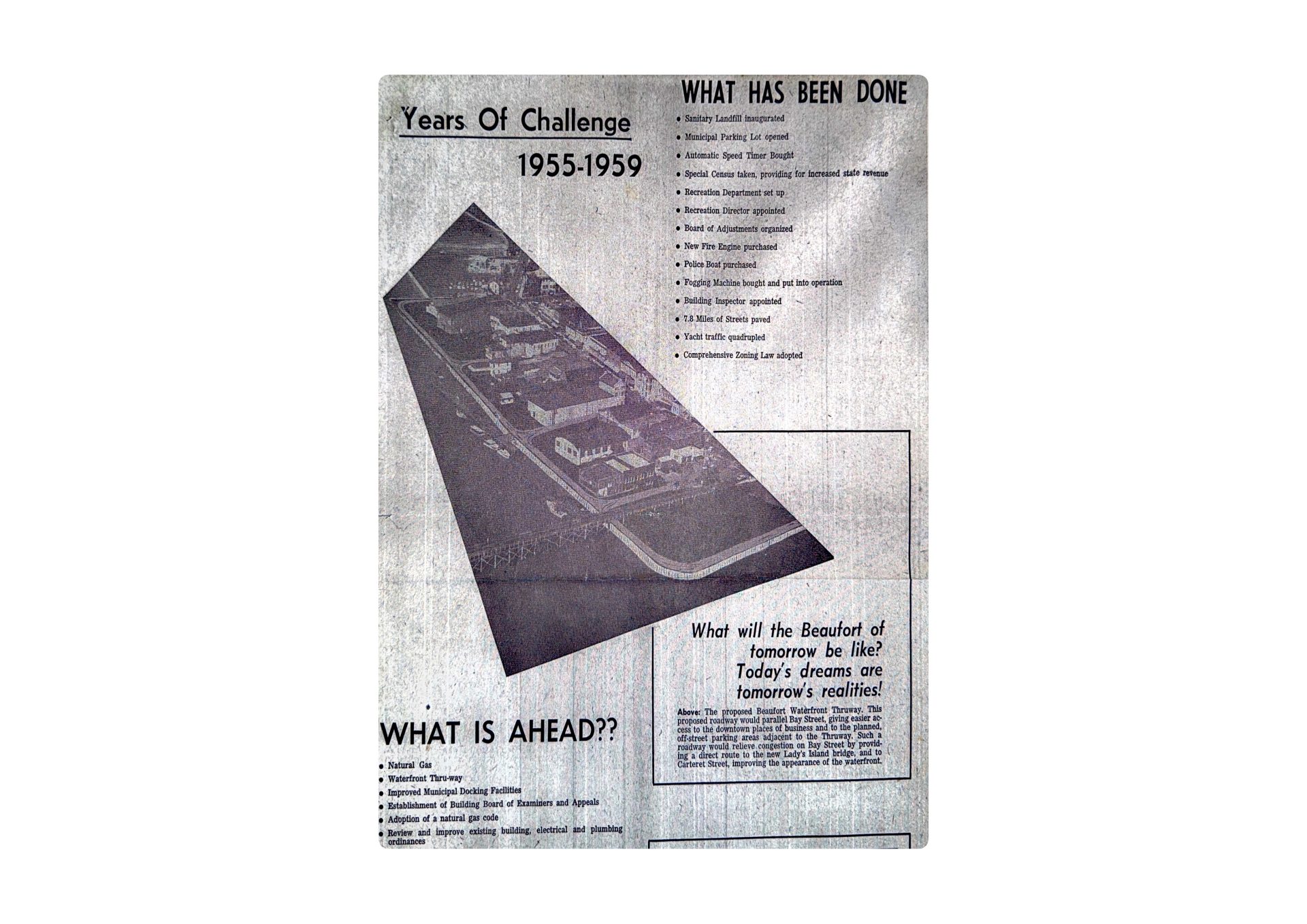The Rauch Report
By Bill Rauch
The Boundary Street Project is in what Beaufort County’s chief construction engineer, Robert McFee, calls “the pause before the storm.”
The City of Beaufort’s project manager in charge of the project says he expects to give the project’s contractor, Preferred Materials Inc. of Orlando, FL, the go-ahead, called officially the “Notice to Proceed,” when he and the contractor meet in ten days on Monday, November 16th. Once that document is issued the project’s 24 month clock starts ticking.
However, the City’s project manager, David Coleman, further explained that the heavy work the public associates with the project, the digging, the milling, the pouring and the much-maligned rerouting of the traffic — “the storm” — won’t begin until early January.
Since the corridor to be improved includes US 21 between SC 170 and Ribaut Road, and it is Beaufort’s most heavily-traveled corridor, the precautions the City, Beaufort County, and the South Carolina Department of Transportation (SCDOT) will put into place to ease the pain of the project are unusual.
To get the job done with the least disruption to the businesses along the corridor and to the public, having construction occur after 9:00 p.m. and before 8:00 a.m. has been deemed to be key. However, the city currently has an ordinance on its books that prohibits anyone making loud noises during the nighttime hours. Not for long. Beaufort City Manager Bill Prokop says City Council will consider at its next meeting suspending its Work Ordinance (Sec. 9-1008) within the scope of the Boundary Street project during the 24 month contract term.
Mr. Coleman, the project’s manager, additionally explained that further necessitating the need for night work is a SCDOT guideline that requires two travel lanes in each direction on US 21 be available all day every day to motorists during the daylight hours throughout the 24 month term of the project. The obvious intention at the outset is that the big work — and the big lane closures — will be scheduled for after dark.
In an effort to keep the public informed of progress, problems, schedules, and other issues Mr. Coleman also says he will hold throughout the duration of the project weekly Friday afternoon briefings at City Hall on the project’s progress that will be open to business-owners and the public. “My job is to make things better for the public, not worse,” he added Monday.
Clearly Mr. Coleman and the city are approaching this potentially disruptive project with the best of intentions to manage it. The question will be how well did they set up the contract documents and how well down the line will they manage the low bidding contractor such that their good intentions are in fact transformed into reality.
The contractor, Preferred Materials Inc., has a history in Beaufort County. They were, for example, the SCDOT contractor on the recent Albergotti Creek Bridge replacement project. Preferred Materials Inc., was previously known as APAC, and APAC did the 2004 and 2012 widenings of US 278, according to Beaufort County’s Robert McFee. All were successful projects, he added.
So that’s good news.
More good news is the city has scaled the project back considerably from the original 2006 plan that included a two lane side street along the north side of Boundary Street for parking, and a parallel road — or back street — that connects SC 170 to Pigeon Point. The side street has been scuttled altogether and in the contract documents the parallel road runs from Walgreen’s east to Hogarth Street so it is not a viable alternative for most local Boundary Street traffic.
Despite the plentiful opportunities extended to shovel ready projects like this one presented by President Barack Obama’s 2009-12 stimulus program the city was never able to pull together the dollars needed to undertake the full project. So, if it is good news, the good news is there will be less construction.
The bad news is both of the discarded corridors would have presented motorists with alternatives to Boundary Street and thus lifted pressure from the primary corridor during the construction period, and thereafter.




